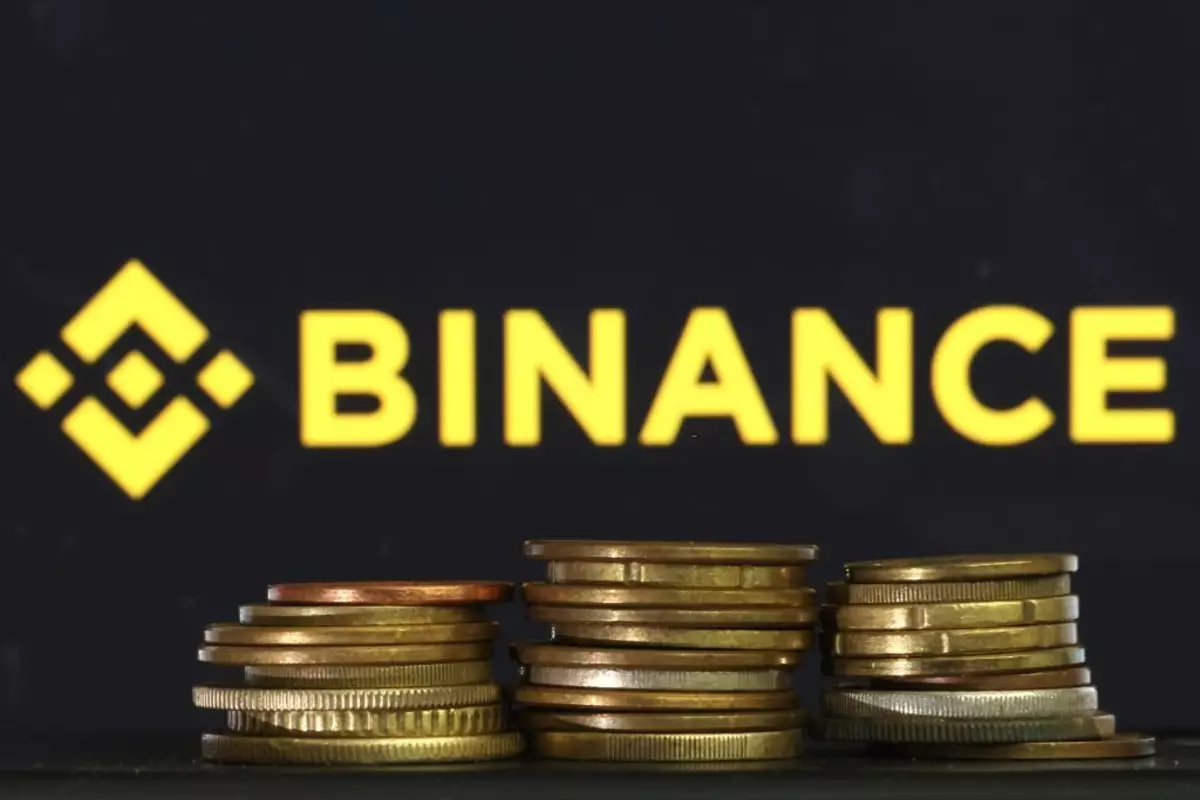The world of cryptocurrency is constantly evolving, and with it comes the need for innovative solutions to address the challenges faced by investors and regulators. In a recent Twitter “Ask Me Anything” (AMA) session, Binance CEO Changpeng “CZ” Zhao discussed his intention to introduce smaller algorithmic Stablecoins to the market. This article explores the significance of these Stablecoins and their potential to offer alternatives to the existing global giants.
The Concerns Surrounding Large Stablecoins
One of the main concerns highlighted by CZ is the lack of transparency associated with large Stablecoins like Tether and Binance USD. Despite Tether holding the top spot in market cap, CZ expressed caution due to the absence of audit reports. He stated, “I personally have not seen any audit reports of USDT. I don’t think most people I spoke to have not seen that either. So it’s kind of a black box because we just don’t know.”
The absence of transparency in large Stablecoins raises concerns among investors and regulators alike. Without proper audit reports, it becomes challenging to verify the stability and backing of these coins, creating an element of unpredictability in the market.
The Regulatory Hurdles Faced by Stablecoin Projects
The conversation about Stablecoins during the AMA shed light on the complexities and regulatory hurdles faced by the industry, especially in regions like New York. CZ acknowledged that even well-regulated and fully audited stablecoins like Binance USD still carry unforeseeable risks. As a solution, he emphasized Binance’s commitment to collaborating extensively with various Stablecoin projects.
To mitigate potential risks associated with relying solely on a single Stablecoin, Binance is diversifying its stablecoin partnerships across multiple assets. Adopting a diversified approach enhances the diversity of offerings and minimizes the concentration of risk.
Binance’s approach to addressing regulatory and transparency concerns is through the development of algorithmic Stablecoins. CZ revealed that the exchange has a specialized team working on these Stablecoins tailored to the local contexts of various regions. The goal is to diversify and see which Stablecoin grows bigger in the market.
By exploring algorithmic Stablecoins, Binance aims to balance innovation, regulatory compliance, and risk management in its stablecoin endeavors. This strategic approach reflects the exchange’s commitment to adapt and navigate the evolving landscape of the cryptocurrency market.
Binance, as the world’s leading cryptocurrency exchange, faces regulatory uncertainties in various jurisdictions. Recently, the United States Commodity Futures Trading Commission (CFTC) filed a lawsuit alleging regulatory overreach. To counter this legal dispute, CZ and Binance’s legal team are actively pursuing the dismissal of the case.
The challenges for Binance multiply as it navigates its operations in Nigeria, a thriving crypto market. The Nigerian SEC declared Binance’s activities unlawful due to its lack of licensing in the country, warning against investing with the exchange. In response, CZ clarified that Binance is refraining from marketing efforts in Nigeria and highlighted the exchange’s commitment to collaborating with governments worldwide.
The Future of Algorithmic Stablecoins
As Binance forges ahead with its ambitious plans, the introduction of smaller algorithmic Stablecoins can bring significant changes to the crypto market. By offering alternatives to the existing global giants, these Stablecoins not only provide investors with more options but also promote transparency and regulatory compliance.
The path to success for these algorithmic Stablecoins is not without challenges. However, Binance’s strategic approach of diversification and collaboration with various Stablecoin projects demonstrates its commitment to finding innovative solutions that balance the demands of innovation and regulatory compliance.
The introduction of algorithmic Stablecoins signifies a milestone in the evolution of the cryptocurrency market. By addressing the concerns associated with large Stablecoins and navigating regulatory complexities, these Stablecoins can pave the way for a more transparent and regulated crypto ecosystem. As the industry continues to mature, it is crucial for stakeholders to embrace such innovations to foster a sustainable and inclusive crypto market.


Leave a Reply